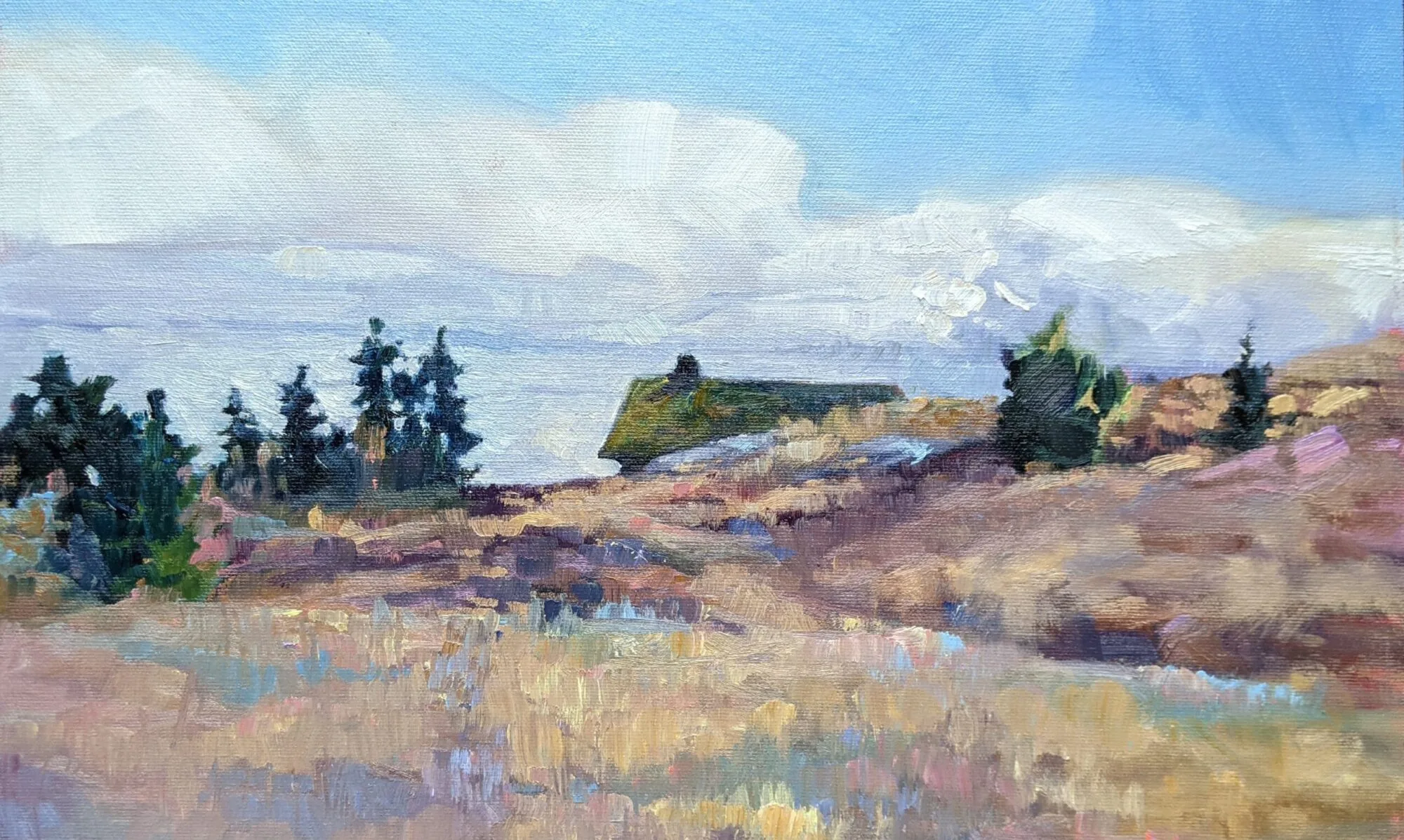Selling two Norman Rockwell paintings isn’t going to fix the Berkshire Museum’s woes.
 |
|
Shuffleton’s Barbershop, 1950, by Norman Rockwell, is expected to net $20-30 million.
|
Growing up in the Rust Belt, I’ve seen the sad effect of poverty on cultural institutions. The Milestones of Science was a collection of rare manuscripts by American scientists, assembled by the Buffalo Museum of Sciencein the 1930s. By 1994, the museum was skint. A trade was devised with the Buffalo and Erie County Public Library. The library would get The Milestonesin exchange for a Birds of America folio by John James Audubon. That would then be sold.
The resulting uproar wasn’t just about the Audubon leaving Buffalo; it was about the inevitable fate of those folios when they leave museums: they get separated and sold plate-by-plate to rich collectors.
In 2013, Detroit tried to sell works from the Detroit Institute of Art to pull the city out of debt. The Attorney General stopped the sale.
To choose between essential city services and one’s art museum, or between branch libraries and a rare book, is not easy. I have great sympathy for the people forced into these situations.
 |
|
Giant Redwood Trees of California, 1874, by Albert Bierstadt, is expected to net $1.5-2.5 million.
|
But there’s another situation in which museums sell art. That’s when the trustees are jonesing for expansion or change. In 2007, the Albright-Knox Art Gallery sent more than 100 antiquities to Sotheby’s for auction. These were works of Chinese, African, Indian, South American and ancient Roman provenance, and the trustees needed the money to buy more contemporary art. It happened in 2014, when the Delaware Art Museum flogged paintings by Winslow Homer and Andrew Wyeth to get out of the hole from its 2005 expansion.
The latest museum to propose this is the Berkshire Museum in Pittsfield, MA. It plans to auction off twenty pieces, including works by Norman Rockwell, Alexander Calder, Albert Bierstadt, and George Henry Durrie. Their $60 million “reinvention plan” involves “the creation of an exciting new interdisciplinary Museum, with a heightened emphasis on science and history,” as well as “a bold financial strategy” to shore up the museum’s tottering finances.
First, someone shoot that copywriter.
Reading between the lines, it sounds like they want to make a miniature version of Rochester’s Strong Museum of Play or the Ontario Science Centre. These started as museums but are now kiddie entertainment centers.
“Two of the works the Museum is currently planning to sell are important paintings by Norman Rockwell, given by the artist to the people of Pittsfield. These works were entrusted by Rockwell to the Museum for safe-keeping and to share with the public. The other works proposed for sale are by many noted artists from America and around the world. If these works are indeed sold, it would be an irredeemable loss for the present and for generations to come,” wrote the American Alliance of Museums and the Association of Art Museum Directors.
 |
|
Blacksmith’s Boy—Heel and Toe, 1970, by Norman Rockwell, is expected to fetch $7-10 million.
|
The Rockwell family has noted that Shuffleton’s Barbershipwas received by the museum in 1958 as a gift from the artist for their “permanent collection.”
Sometimes it seems like the custodians of our cultural treasures have a pessimistic view of the public they serve. We’re not all fixated on entertainment. A failing museum may blame changing public tastes, but that probably isn’t their problem. It might be terrible lighting, a lack of good programming, bad ventilation, lousy interpretation, or any of a whole host of things that can mar the museum experience. These don’t require reinvention, and they don’t cost a fortune to fix.
The Berkshire Museum is located in a region of fine museums, including MASS MoCA, the Clark Art Institute, and the Norman Rockwell Museum. They ought to be able to draw visitors from a wide regional pool. If they’re not, the problem isn’t the founders’ vision, it’s the current management.

I have not visited the museum, so I don't have any opinion on their problems.
(I do know they have the life work of pictorialist George Seeley but it's probably not on display, so I haven't visited)
Science and History have potential to make the art they want to display relevant. OHTM is doing the opposite; using art to make motoring history relevant with a gallery of paintings collected by Mr.Cauley. I think the mix is better than something more common and transient to make art relevant; politics and pop culture. The matching portion assures at least their supporters are on board.
Jason, thanks for the information about Owl's Head Transportation Museum. I only visit when my grandson is around, because he likes wheels, so I hadn't heard that.
It's hard to imagine what's left to be relevant when they sell the two most important paintings they own (the Rockwells), which have close ties to their community. Of course, they're also the two paintings that will fetch the most money.
IMHO, the works that are unequivocally tied to the Berkshires are the Hudson River School (including the Bierstadts) paintings and the Rockwells. Of course, these are also the paintings that will fetch the most money.
The complete list can be found here:
https://www.scribd.com/document/358205666/Sotheby-s-Berkshire-Museum-Checklist#from_embed
As I suspected, the forty works to be sold were the forty most valuable pieces:
https://hyperallergic.com/409126/berkshire-museum-battle-sothebys-auction/?utm_campaign=coschedule&utm_source=facebook_page&utm_medium=Hyperallergic&utm_content=The+Berserk+Battle+Over+the+Berkshire+Museum+and+Its+Art+Collection
This weekend the Massachusetts Appeals Court "paused" the sale so that the State Attorney General would have proper time to research the issues:
https://www.nytimes.com/2017/11/10/arts/rockwell-berkshire-museum-sale.html